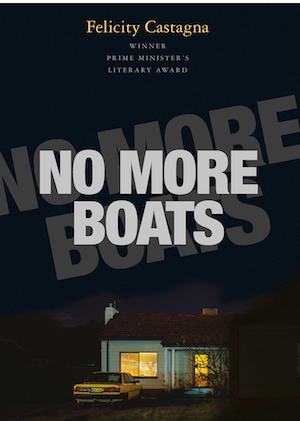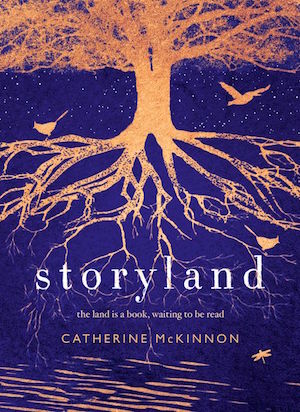Fiction – paperback; Text Publishing; 237 pages; 2017.
Eva Hornung’s novel The Last Garden begins in dramatic fashion.
On a mild Nebelung’s afternoon, Matthias Orion, having lived as an exclamation mark in the Wahrheit settlement and as the capital letter at home, killed himself.
Matthias has already shot dead his wife, Ada, and destroyed many of the animals on the Orion’s farm. He commits these violent acts before his 15-year-old son, Benedict, arrives home from boarding school.
The novel charts what happens to Benedict in the year after the murder-suicide of his parents.
Living in isolation
The first thing Benedict does is move into the barn because he can no longer face living in the house where he found the bodies. He withdraws into a world of silence, communicating only with the animals he loves — an assorted collection of chooks, a cat and two horses.
But things go awry pretty early on. The farm falls into neglect, he runs out of food, the chickens get eaten by a fox.
The only kindly face is Pastor Helfgott, the local preacher, who visits often to keep an eye on the boy. The pair develop an odd relationship, dancing around one another and never quite becoming friends.
Over the course of the year Benedict grows up, takes on new responsibilities and faces his demons. The mental trauma of his parents’ deaths begins to play havoc with his mind. The fox that hunts his chickens becomes a metaphor for the ghost of his father: always there and with a whiff of menace about him.
Otherworldly feel
The setting and sombre atmosphere of The Last Garden give it an otherworldly feel. Wahrheit is an isolated settlement of German immigrants who live by a strict moral code which casts out sinners. The community is hard-working and self-sustaining, but their faith is waning because the promised arrival of the Messiah has not yet occurred. Pastor Helfgott is losing control of his flock.
The time period is not specified — it could be the 19th century, it could be sometime in the distant future when fossil fuels have run out and everyone gets around by horse and cart — which adds to the almost dystopian feel of the story.
The structure — 12 chapters, one for each month and with a religious tenet as a preface to each — lends itself well to the novel’s focus on the rhythm of the working day and the passing seasons, drawing on the connections between people, animals (both wild and domesticated) and the power and beauty of nature.
It’s a slow, evocative read, rich in symbolism and brim full of melancholy and restlessness, but ends on a hopeful note. It’s certainly one of the more unusual — and original — novels I’ve read this year.
This is my 6th (and final) book for the Miles Franklin Literary Award 2018, my 16th book for #AWW2018 and my 14th for #20booksofsummer. Technically, I’m not sure this one counts as 20 books of summer because it hasn’t been lingering in my TBR: I ordered it specially when the shortlist for the Miles Franklin was announced (it had to be shipped from Australia) and began reading it the day it arrived. But… if you don’t tell anyone, then I won’t tell anyone…











